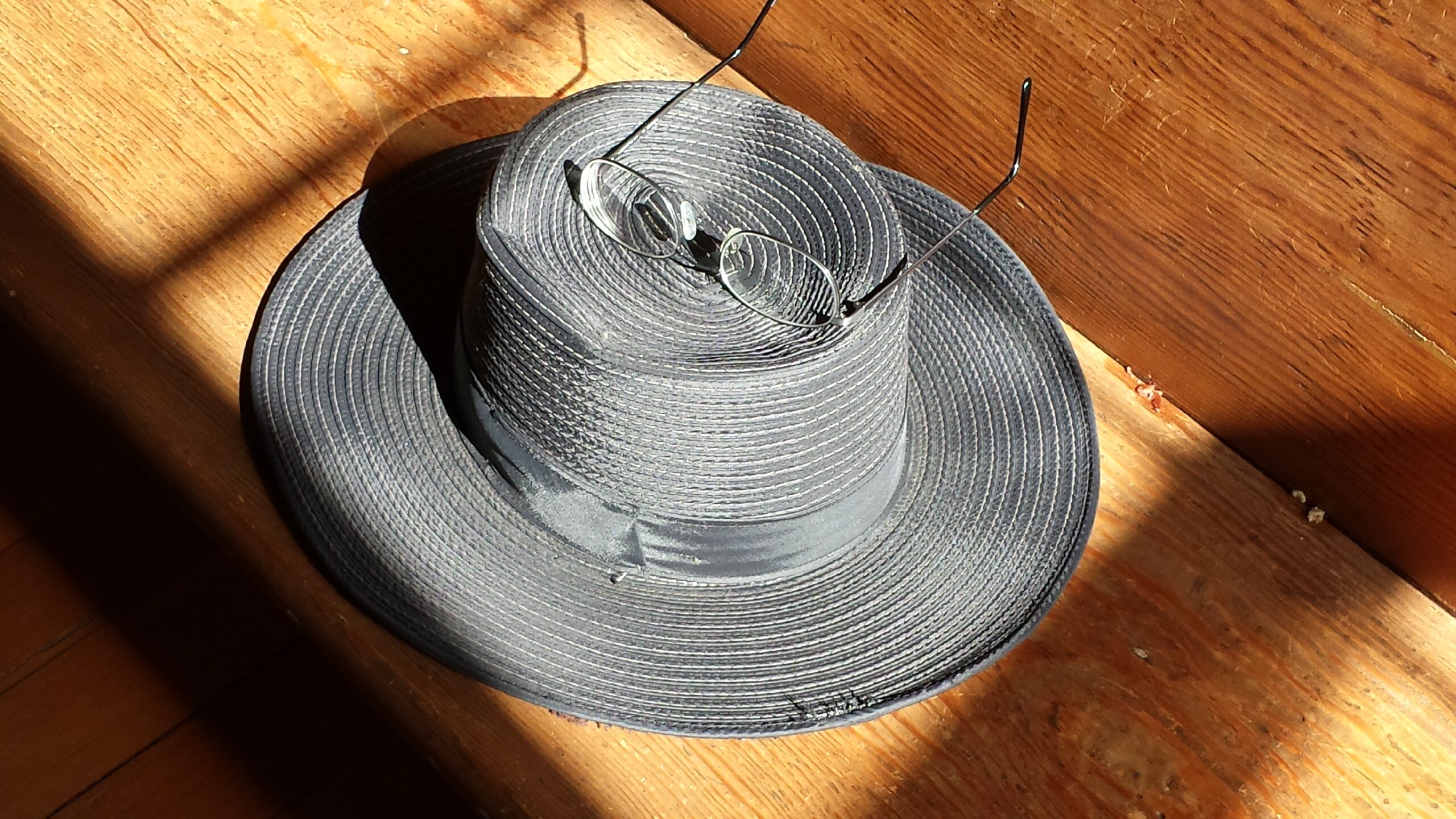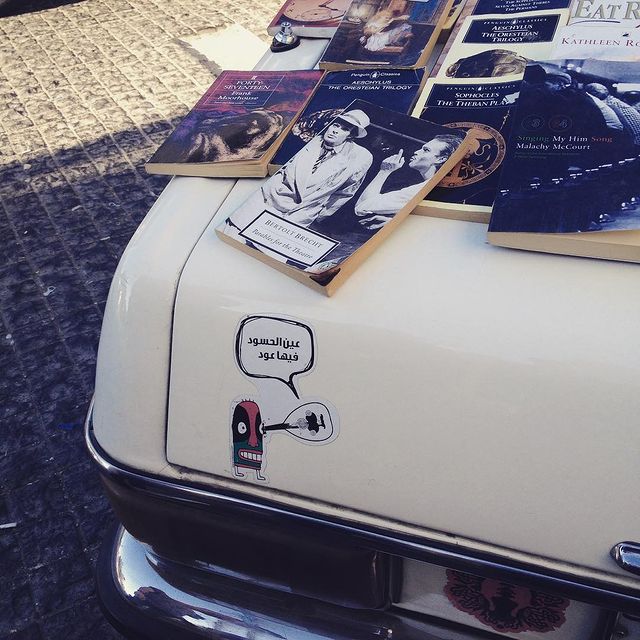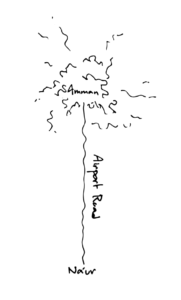In poet JULY WESTHALE’s upcoming book, moon moon, humanity finds itself in a precarious position—Earth has become unlivable, forcing people to seek refuge elsewhere. But when the moon proves overcrowded, humanity pushes even further, settling on the mysterious and perhaps astronomically dubious moon’s moon. Part modern epic, part ecological elegy, the collection tackles eco-grief, climate change, and human hubris, all while weaving humor throughout its poetic narrative.
July Westhale, whose earlier books include the autobiographical exploration of class warfare in California, Trailer Trash, and the intense poetic meditation on desire and divinity, Via Negativa (praised as “stunning” by Publishers Weekly), brings their signature incisiveness and wit to this timely new work. They also released the recent Unmade Hearts: My Sor Juana, a delicious translation of the work of Sor Juana Inés de la Cruz.
Today, Westhale converses with poet BOSTON GORDON, author of Glory Holes and the forthcoming Loose Bricks. Gordon, who also champions queer and trans voices through Philadelphia’s acclaimed “You Can’t Kill A Poet” reading series, guides this thoughtful discussion as they delve into meditations on writing, the moon, and what poetry teaches us about ourselves.
You can pre-order moon moon here.











